Research Reports
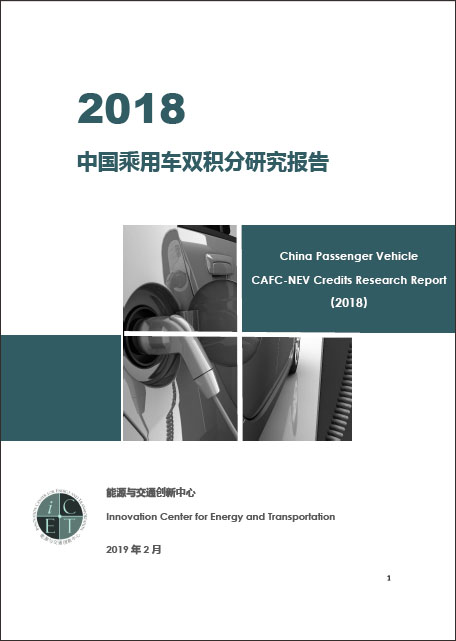
2018 China Passenger Car Double Credit Research Report (March 2019 )
This report analyzes the standards of fuel consumption and new energy number of points. The main conclusions include: 1) the overall decline in fuel consumption, but the decline has slowed, and the driving force for corporate energy-saving technology is declining; 2) the preferential accounting of NEV has reduced the industry CAFC value, and then coupled with the one-way compensation of points, the energy-saving requirements were loose; 3) New energy automobile companies benefited from CAFC compliance, but the benefit of point was low; 4) The difficulty of achieving CAFC compliance in 2019-2020 was increased, but compliance costs remained lowly; 5) There will be a lot of NEV points remaining in 2019-2020, etc. It also puts forward policy suggestions for improving double points in the next stage.
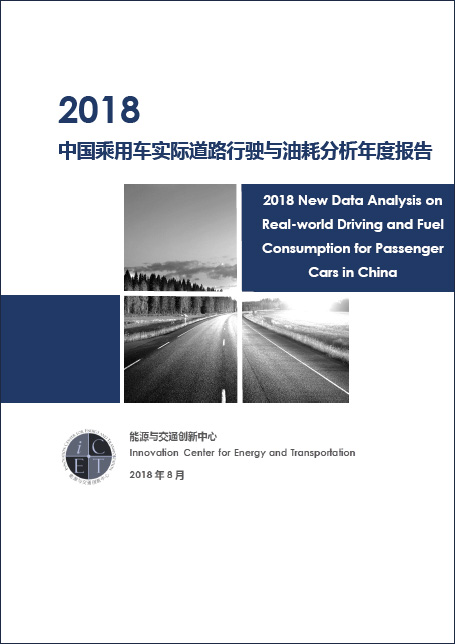
2018 China Passenger Car Actual Road Driving and Fuel Consumption Analysis Annual Report (December 2018)
Based on littele Bear fuel consumption and passenger car data provided by the OBD APP, this report continues to track and analyze the actual road driving and actual fuel consumption of Chinese passenger fleets. This is the fourth year of iCET cooperation with the Little Bear Fuel Consumption APP. And the second year cooperated with Zhijiaxing APP to conduct research on fuel consumption and VKT. At the same time, the focus of this research has also transitioned from the difference between actual vehicle fuel consumption and operating condition fuel consumption to a stage in which vehicle travel behaviors (mainly mileage VKT) and the actual fuel consumption, aiming to provide more material about actual road monitoring for passenger cars, thus conduct better policy improvements.
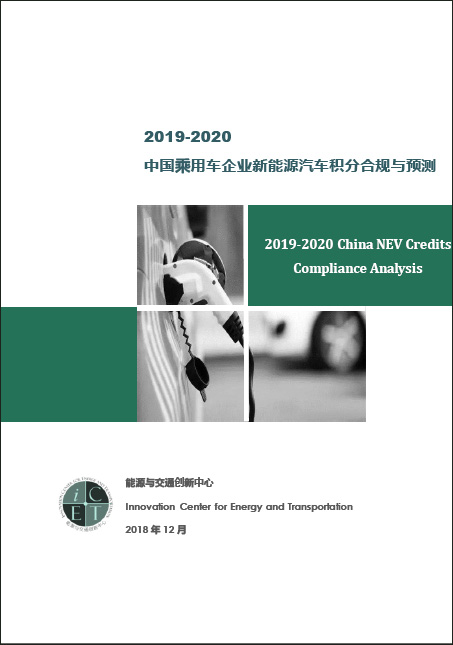
2019-2020 Chinese passenger car companies new energy vehicle credit compliance and forecast (April 2019 / Clean Transportation Project / Chinese)
In 2018, the proportion of NEV points in the Chinese automotive industry reached 15%, far exceeding the standard rate in 2019. But at present, the development of NEV of different enterprises is extremely uneven. The main reason is NEV manufacturers have produced about 70% of NEV products, and many traditional car companies with high sales have not even invested NEV products. Therefore, this report analyzes NEV production scale, points production and standard situation from 2019 to 2020 from the industry and enterprise levels, and makes recommendations for the company's future strategic planning and double points policy implementation based on the analysis results.
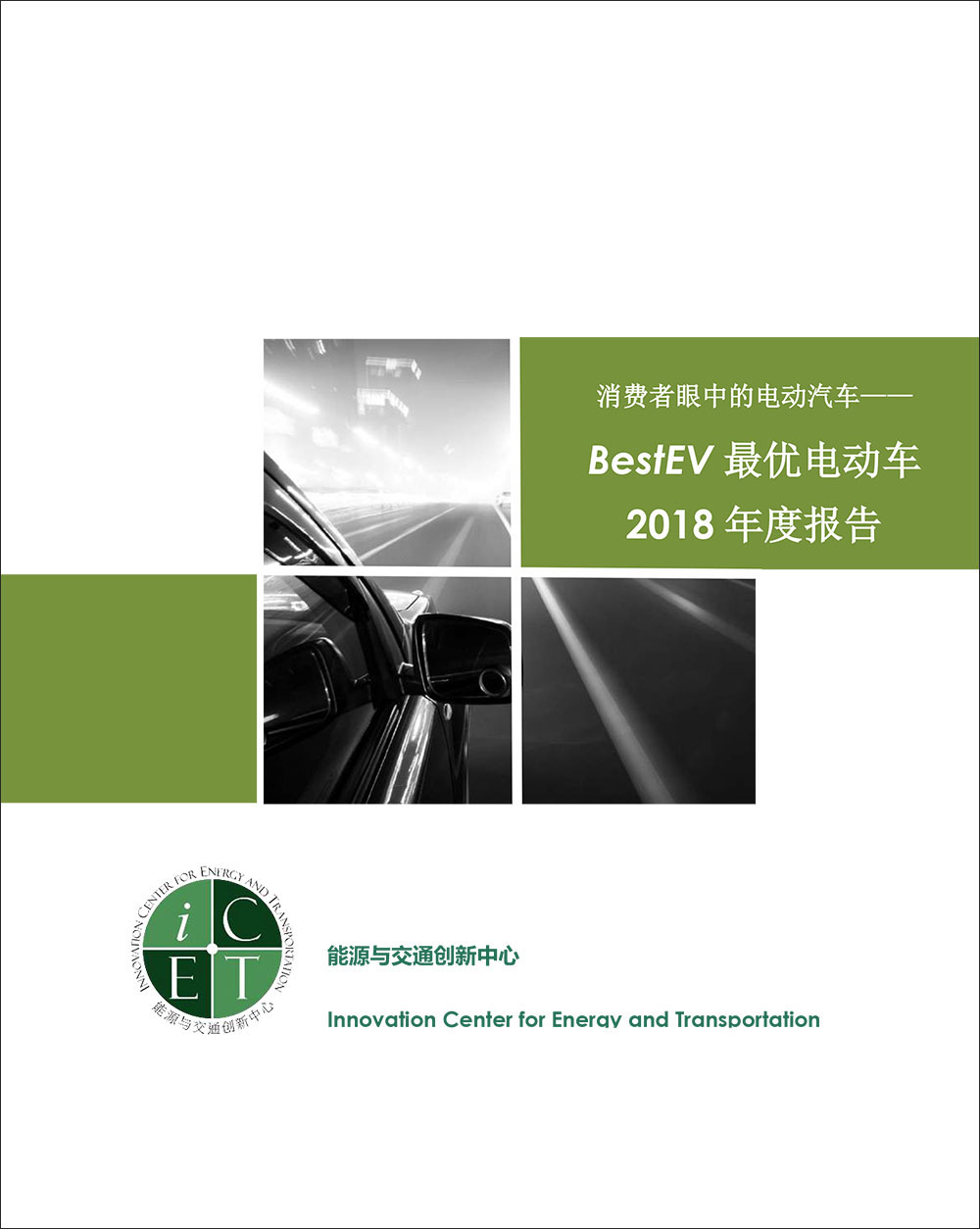
BestEV Annual Report: Electric Vehicles in the eyes of consumers. (September 2019 / Chinese)
BestEV's best electric vehicle project listens to the most authentic voice of consumers as an objective and neutral third party. It is the connection between consumers, enterprises and decision makers. BestEV has been launched since the end of 2015. Through the research work of BestEV V1.0 and V2.0, the actual performance of mainstream electric vehicles in 2016-2018 (19 models were selected by V1.0 and 31 models were selected by V2.0). Evaluation, combined with online evaluation systems and face-to-face interviews, to further understand consumers' views on electric vehicles; meanwhile, through hot topics such as electric vehicle safety, subsidy policies, and willingness to buy, it also opened up consumer and industry researchers Communication bridge, that provided more influence policy formulation and supervision.
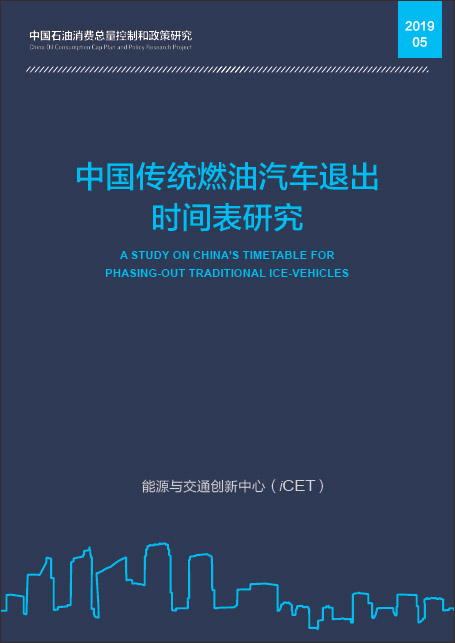
A Study On China's Timetable For Phasing-out Traditional Ice-vehicles(May 2019/Chinese)
This study proposes a phase-out timetable for China's traditional internal combustion engine vehicles (ICEVs) based on vehicle development targets and technology projections for new energy vehicles (NEV). It suggests the phase-out action should be implemented following the principle of "by region, by vehicle category as well as step by step replacement." Detailed actions and policies are suggested, and uncertainties about the phase-out timetable for traditional ICEVs are analyzed. It is the first comprehensive report studying the ICEVs phase-out timetable.
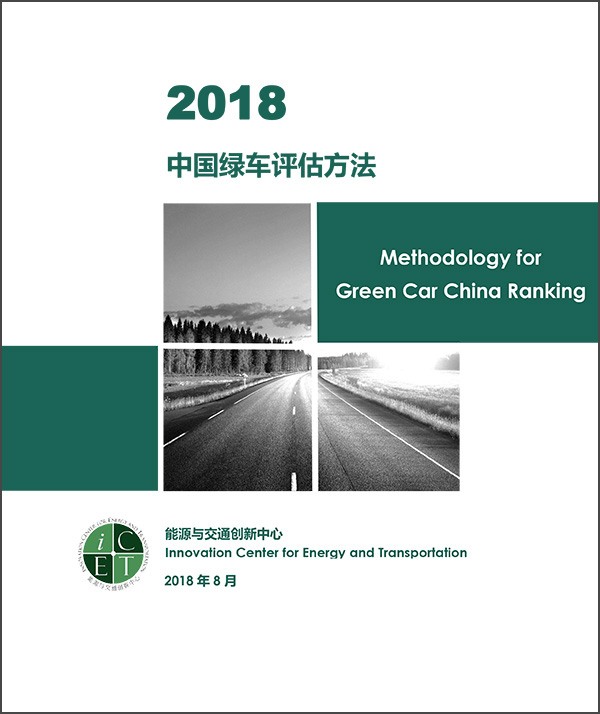
2018Green Car China Methodology Upgrade Report (August 2018/Chinese)
Green Car China Methodology Upgrade Report (2018) mainly refers to the GREENCAR Rating System issued by the American Council for an Energy-Efficient Economy (ACEEE). Based on real-world fuel consumption and emission standards in China, the 2018 report presents the latest revision and updates. Meanwhile, the new methodology report still provides vehicle life-cycle health and environment impact assessment (Green Score) based on parameters like fuel consumption, curb weight and pollutant emission, as well as assesses air quality impacts of vehicles (Blue Score) based on vehicle pollutants emissions. Additionally, the new report adjusts the fuel cost calculation parameters and add the life-cycle evaluation method of the plug-in hybrid vehicle (PHEV). The new methodology will be used as the calculation reference for the China Green Car Finalists in 2018 and beyond.

2018 Green Car China Annual Report (August 2018/Chinese)
The Green Car China Project was launched in 2006 and has been publicly released since 2010. Going ahead more than ten years, the public influence of the project is continuously increasing. Based on the latest revised methodology, the China Green Car Project in 2018 released green assessments and rankings for 10 vehicle models (including PHEV) and the top 100 best-selling vehicles models in the past year. The report aims to help consumers know about and choose vehicles with less environmental pollution and take actions in a green lifestyle.

2018 U.S. Renewable Fuel Standard (RFS): Implementation and Market Development (August 2018/Chinese)
The report updates the implementation and market development of the U.S. Renewable Fuel Standard (RFS), and introduces the RFS management mechanism, especially the traceability management of RIN codes. The RINs code is conducive to supervision on raw materials, production, distribution and mixture of multiple links. Through information and data collection, the RINs code contributes to effective adjustment of management methods and responding measures, which can be applied for establishment and promotion of the operation mechanism of the bio-fuel market in China.
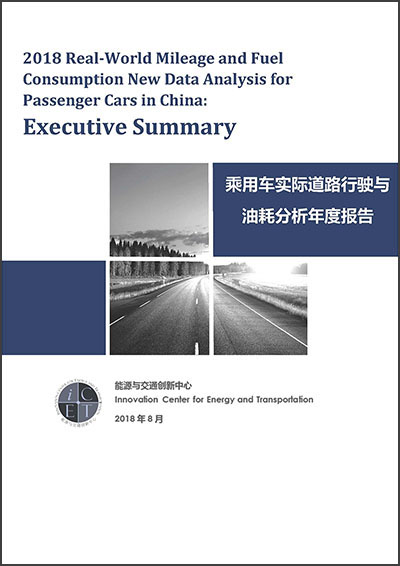
2018 Real-World Mileage and Fuel Consumption New Data Analysis for Passenger Cars in China: Executive Summary
In recent years, new (and big) data analysis has been employed in the field of transportation, mainly by innovative app companies supplying their users with real-world trip information, route-optimization, ride-hailing services and alike. This private-sector trend sets a new standard for the public sector to follow up on: employing real-world data for creating better informed policies. This study therefore aims to harness real-world data in addressing two topics: assess the gap between reported and real-world fuel consumption (FC), for the 4th consecutive year, and gathers novel understandings about real-world VKT, for the 1st year. To that end, we collaborated with two mobile applications’ that have agreed to share their useful data: actual FC data App, BearOil App (小熊油耗), and trip data OBD App, ZhiJiaXing App (北京智驾出行科技公司).
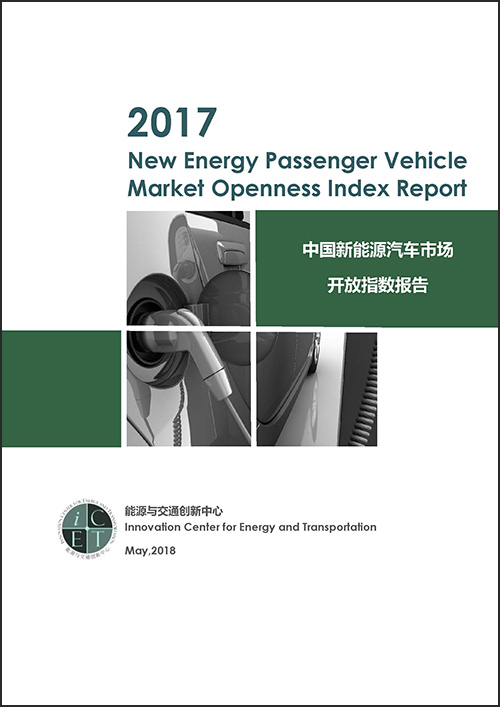
2017 New Energy Passenger Vehicle Market Openness Index Report (May 2018)
Between 2015 and 2017, the number of NEV brands doubled and the number of NEV models available in the Chinese market tripled. This rapid development of China new energy automotive industry is one result of the pro-EV policies made at the national and local levels. Because China is now transitioning from pilot- and policy-directed development and a more meaningful engagement with industry, challenges to NEV commercialization consist of mainly local deployment and market protectionism. This study proposed a new index for assessing relative market openness for competitive NEV development: "the NEV Market Openness Index". The index was developed on the basis of conventional diversity combined with penetration indexes, both adopted from biological studies, with a particular focus on passenger NEVs, and based on data from 23 Cities and 20 provinces.